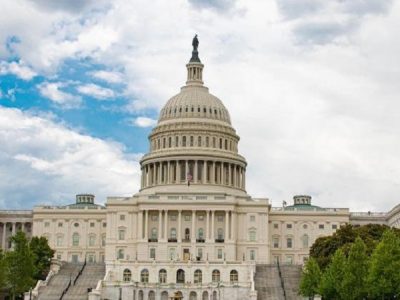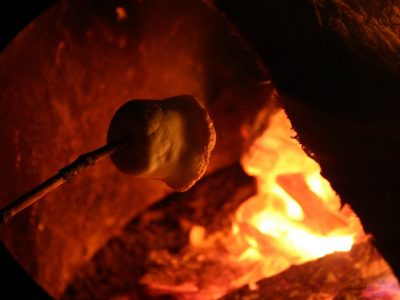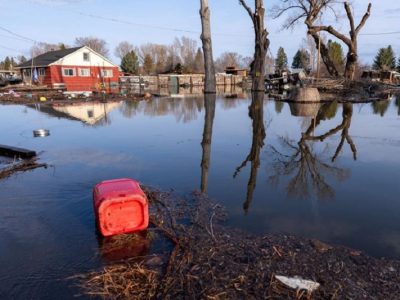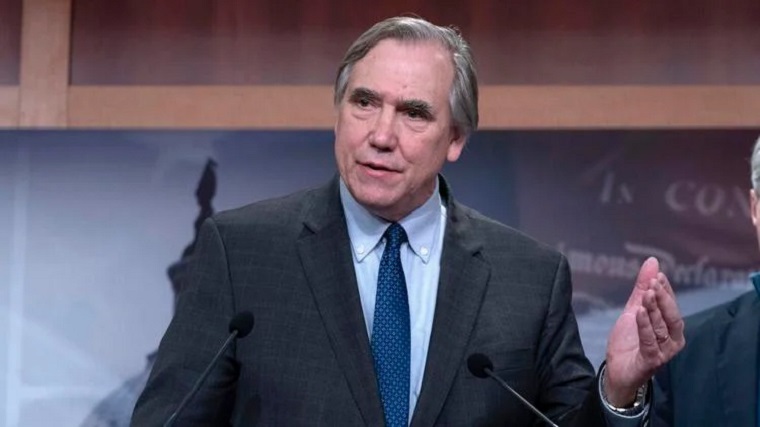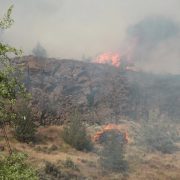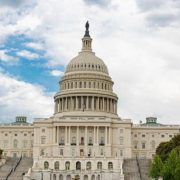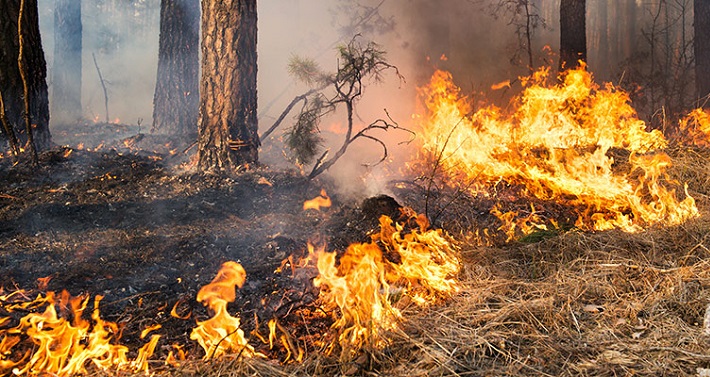
Bend, OR — Fire managers from the Ochoco National Forest and Crooked River National Grassland have announced plans to conduct prescribed burns in two areas of the national grassland this month as part of ongoing efforts to mitigate wildfire risk and enhance local ecosystems.
According to a statement released by the U.S. Forest Service, these prescribed burns align with the agency’s broader Wildfire Crisis Strategy, which aims to reduce the threat of catastrophic wildfires, restore vital habitats, and promote ecosystem resilience.
The first burn is scheduled for January 8, when fire crews will ignite slash piles near Haystack Reservoir and the Historic Grassland Headquarters by Rimrock Springs. The prescribed burn will cover an area of 20 acres and is expected to take the entire day to complete, depending on weather conditions. Officials noted that the operation is part of a broader effort to reduce hazardous fuel loads, such as dead or overgrown vegetation, which can fuel wildfires during dry conditions.
A second, larger prescribed burn is set for January 14 or 15, weather permitting, in the Metolius Winter Range Juniper Unit. Located about 20 miles north of Redmond and 20 miles southwest of Madras, the 350-acre project is focused on thinning out overgrown junipers that pose a fire hazard. This area, located near Grandview Cemetery, will benefit from this proactive land management strategy, which seeks to prevent larger, more destructive wildfires in the future.
In addition to reducing fire risks, these burns are designed to improve local habitat. Prescribed fires help restore critical grassland ecosystems, which provide vital forage for wildlife, including big game species. By eliminating excess juniper growth, the burns promote the health of native plants such as bitterbrush, a primary winter food source for species like mule deer.
Fuels treatments, such as prescribed burns, are considered one of the most effective methods of managing wildfires before they become large, uncontrollable events. Fire management officials stress that these treatments play a critical role in maintaining healthier ecosystems and reducing the severity of future wildfires.
The Forest Service emphasized that the burns will be conducted only when weather conditions are favorable to ensure safety and effectiveness. Community members living near the affected areas are encouraged to stay informed about the operations, as smoke may be visible during the prescribed burns.
As these efforts continue, the Forest Service remains committed to restoring critical habitats and reducing wildfire risk in Central Oregon, an area historically prone to wildfires, particularly during dry summer months.

